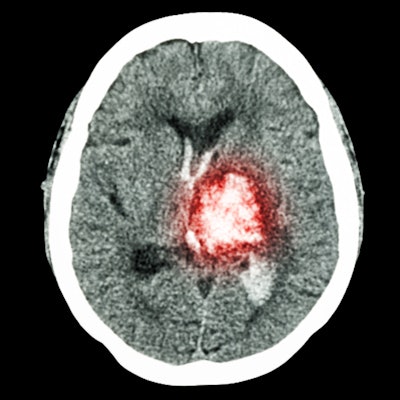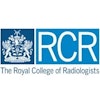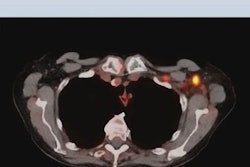
Brain hemorrhage in COVID-19 patients receiving extracorporeal membrane oxygenation (ECMO) therapy occurs in around one in four cases, a large multicenter German study has found.
"The first 48 hours of ECMO therapy were most critical concerning intracranial hemorrhage," noted Dr. Philipp Kuhl, a radiologist at Wuerzberg University Hospital, and colleagues. "Incidence of intracranial hemorrhage decreased with increasing lengths of ECMO therapy. Overall, the occurrence of intracerebral bleeding increased with patient age."
COVID-19-associated coagulopathy in combination with therapeutic anticoagulation needed for ECMO therapy leads to an increased bleeding risk, they pointed out. "While minor bleeding events (e.g., at the entry sites of ECMO cannulas) can usually be easily controlled, and lager internal bleeds mostly are detected early in the intensive care unit, intracranial hemorrhage often lacks therapeutic options."
Recently published incidence rates for intracranial hemorrhage in COVID-19 patients undergoing ECMO therapy vary widely from 4% to 35%, mostly due to short time spans, monocentric study designs, small patient groups, selection bias, and the lack of focus on intracranial hemorrhage, Kuhl and colleagues stated in an e-poster presentation that received a certificate of merit at ECR 2023.
Germany's university hospitals
The COVID ECMO trial was initiated as a retrospective study involving university hospitals in Germany. It included all COVID-19 patients who were treated in intensive care units and who underwent at least one CT scan of the brain between March 2020 and April 2022.
The study involved 1,060 COVID-19 patients, 39.5% of who received ECMO therapy at some point (468 men, 168 women; mean age 56.5 ± 11 years).
A total of 11% of patients not receiving ECMO therapy suffered an intracranial hemorrhage, but the same figure was 24.7% for patients who received ECMO therapy, resulting in a relative risk of 2.25.
High mortality rates of overall 52.2% were found in all ICU patients (ECMO 63.5% vs non-ECMO 45.3%). In patients suffering an intracranial hemorrhage, the outcome was far worse when receiving ECMO therapy at any point (mortality rate 84.1%, vs. 50.5%).
The study provides valuable insight into the occurrence and outcome of intracranial hemorrhage, according to the researchers, who are now hopeful of further collaboration with other centers in a follow-up study.
You can read the full e-poster on the ESR website. The co-authors were Drs. P. Gruschwitz, H. Nebelung, C. Ehrengut, R. Rischen, Q.D. Strotzer, N. Kornemann, B. Valentin, and T.A. Bley.



















